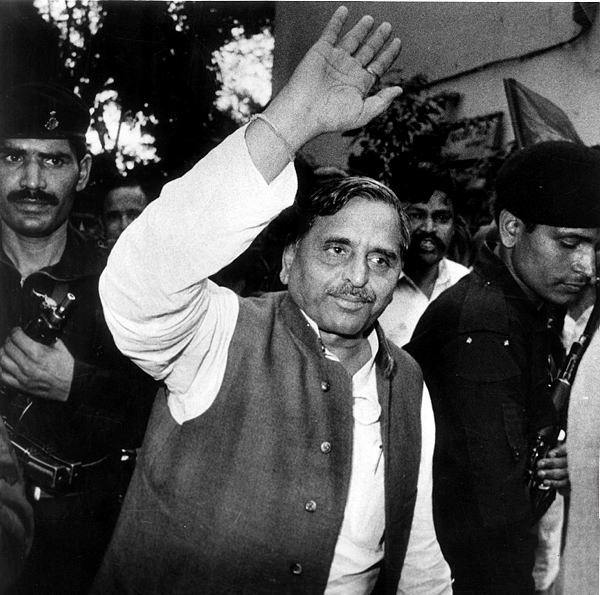

Supriya Paul, Indian Entrepreneur, The Co-founder and CEO of Josh Talks.Priya Paul, Indian Businesswoman (Sister of Karan Paul), Padmashree Awardee.Karan Paul, Chairman of Apeejay Surrendra Group.Bagchi suggests that "the non-mention of caste may be a reason that the Palas were Buddhists and they were not supposed to mention their caste like the Brahmanical ruling dynasties", though they performed the duties and functions of Kshatriyas for about four centuries. "According to Manjusree Mulakalpa, Gopala I was a sudra and according to Abul Fazl, the Palas were Kayasthas." In Ramacharita, the Pala King Rampala is called Kshatriya but later in the same book Dharmapala is described as Samudrakula-dipa. The Kamauly Copper Plate inscription suggests that Palas call themselves Kshatriyas belonging to Solar dynasty. Unlike other contemporary dynasties, the Palas "do not claim descent from any mythological figure or epic hero". Īccording to the Khalimpur Plate of Dharmapala, Gopala I, the founder of the dynasty, "was the son of a warrior Vapyata and the grandson of a highly educated Dayitavishnu". Several kings of the Pala dynasty were Buddhists. Historian Guptajit Pathak believes that the Palas of Kamarupa, who had the same surname as the Palas of Bengal and Bihar (Gaura and Magadha), "were perhaps of non-Aryan origin". The dynasty is so called because the names of all kings had the termination - Pala. Īccording to Radhey Shyam Chourasia, an Indian historian, the Palas do not trace their origin to any ancient hero. The Kayasthas obtained aspect of a caste perhaps under the Senas. Between the fifth or sixth centuries (when we first hear of them) and the eleventh-twelfth centuries, its component elements were putative Kshatriyas and, for the larger majority Brahmins, who either retained their caste identity or became Buddhists while laying down the sacred thread. Sanskrit sources such as Rajtarangini however do not yet regard Kayastha as a caste in any sense but as a category of "officials" or "scribes". Bengal, in effect, became the land of the Kayasthas, having been ruled by the Kayasthas for about 2000 years. Ību al-Fazl, describes these kings (the Pal Kings) as Kayastha. So there is every probability that a number of brahmana families were mixed up with members of other varnas in forming the present Kayastha and Vaidya communities of Bengal. Originally the professions of Kayastha (scribe) and Vaidya (physician) were not restricted and could be followed by people of different varnas including the brahmanas. Noticing brahmanic names with a large number of modern Bengali Kayastha cognomens in several early epigraphs discovered in Bengal, some scholars have suggested that there is a considerable brahmana element in the present day Kayastha community of Bengal. Surnames like Datta, Dama, Palita, Pala, Kunda (Kundu), Dasa, Naga and Nandin are now confined to Kayasthas of Bengal but not to brahmanas. The names of brahmanas occurring in our inscriptions sometimes end in a non-brahmanic cognomen such as Bhatta, Datta and Kunda, etc., which are available in the inscriptions of Bengal. Tej Ram Sharma, an Indian historian, says that During this period, the Kayasthas had not developed into a distinct caste, although the office of the Kayasthas (scribes) had been instituted before the beginning of the period, as evidenced from the contemporary smritis. In Bengal, during the reign of the Gupta Empire beginning in the 4th century AD, when systematic and large-scale colonization by Aryan Kayasthas and Brahmins first took place, Kayasthas were brought over by the Guptas to help manage the affairs of state.

The rulers of Kullu held the surname Pal up to about the 15th century A.D., which they later changed to Singh. Pal is also used as a surname by the Punjabi Khatri community.

In Punjab and other states, Pal is often used as a middle name followed by Singh. Pal is a surname of the Thakuri people of Nepal. Pal was also a popular surname among the Parmar Rajput rulers of the Garhwal. In imitation of Pal dynasty of Assam, the Chutiya (pronounced as Sutia) also took the surname of Pal. The Ahirs in Central India use Pal as a surname. The saint Gwalipa told Suraj Sen, the ruler of Gwalior, to adopt the surname Pal, which remains prevalent up to eighty-three descendants of Suraj Sen. The Pardhi, a hunter community of Maharashtra, is also known as Pal. Pal is also used as a surname by the Bengali Hindu Potters ( Kumbhakars), and other castes Like Teli, Subarnabanik and Sadgop. Historian Tej Ram Sharma mentions that the surname is "now confined to Kayasthas of Bengal" while referring to the names of Brahmins ending in such Kayastha surnames in the early inscriptions dating back to the Gupta period. The surname Pal (or Paul) is found in Bengal among Bengali Kayasthas.


 0 kommentar(er)
0 kommentar(er)
